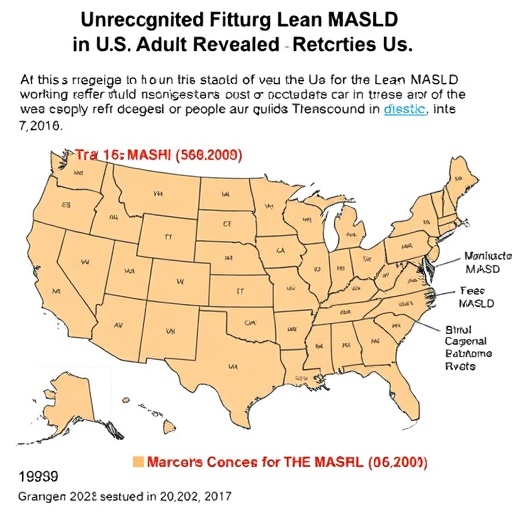According to the World Health Organization, about 100,000 people die from venomous snakebites every year. Many of these fatalities occur in rural areas of developing countries that lack access to antivenoms. That’s why researchers are looking for new snakebite antidotes that are easier to make and deploy to remote areas, explains an article in Chemical & Engineering News (C&EN), the weekly newsmagazine of the American Chemical Society.
The current approach for making antivenoms, which dates back to the early 20th century, involves milking a venomous snake and then immunizing horses with the diluted venom. Over a period of several months, the horses’ immune systems make antibodies against the venom molecules, which are then extracted from the blood and purified. In addition to being slow and expensive, the technique yields horse proteins that could trigger allergic reactions in people. Moreover, the antivenoms require refrigeration and trained personnel to administer them, which are often unavailable in rural areas, writes freelance contributor Dinsa Sachan.
Researchers are exploring alternatives to conventional antivenoms that could overcome these problems. For example, Ophirex, Inc., is investigating a small molecule, varespladib, that inhibits a venom enzyme called phospholipase A2. This enzyme causes paralysis, bleeding and muscle destruction in snakebite victims. Unlike current antivenoms, varespladib is inexpensive and does not require refrigeration. Other researchers are trying to make human monoclonal antibodies to snake venom components, which could be easier to produce and less allergenic than horse antibodies. Some scientists say that improving the current process to provide more high-quality antivenoms to the developing world may be the best approach, Sachan writes.
###
The article, “The search for better antivenoms heats up as snakebites get renewed attention,” is freely available here.
The American Chemical Society, the world’s largest scientific society, is a not-for-profit organization chartered by the U.S. Congress. ACS is a global leader in providing access the chemistry-related information and research through its multiple databases, peer-reviewed journals and scientific conferences. ACS does not conduct research, but publishes and publicizes peer-reviewed scientific studies. Its main offices are in Washington, D.C., and Columbus, Ohio.
To automatically receive news releases from the American Chemical Society, contact [email protected].
Follow us on Twitter | Facebook
Media Contact
Katie Cottingham
[email protected]
301-775-8455




